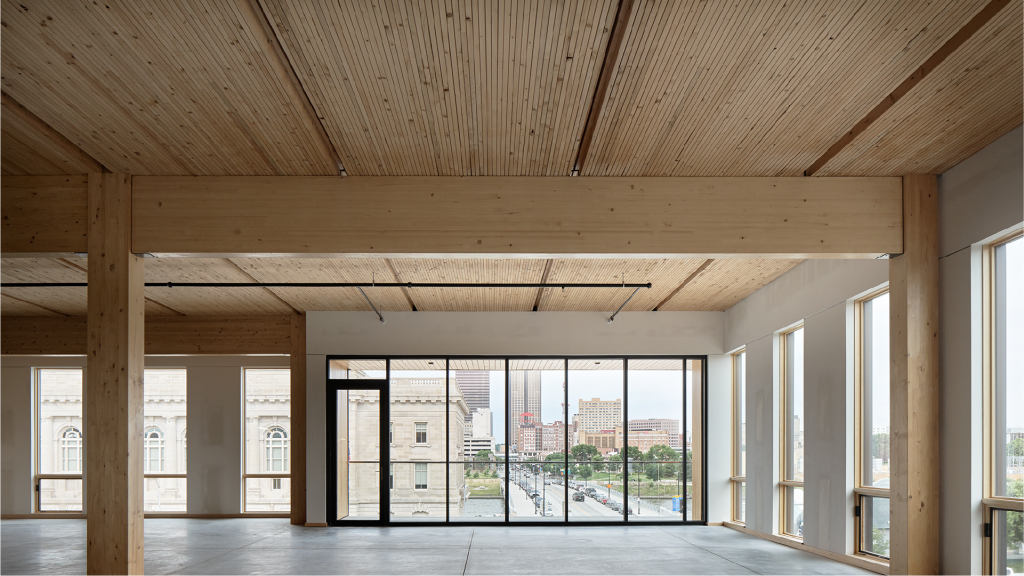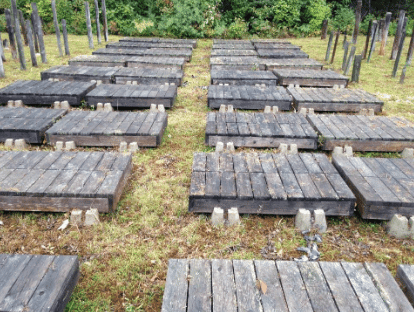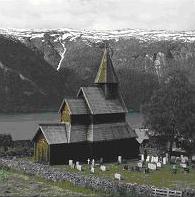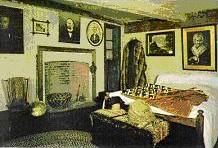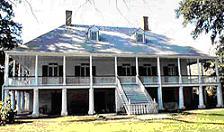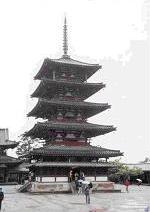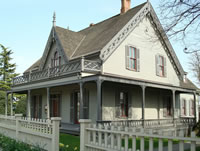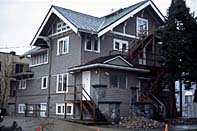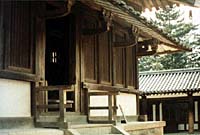Environmental product declarations (EPDs)
Stakeholders within the building design and construction community are increasingly being asked to include information in their decision-making processes that take into consideration potential environmental impacts. These stakeholders and interested parties expect unbiased product information that is consistent with current best practices and based on objective scientific analysis. In the future, building product purchasing decisions will likely require the type of environmental information provided by environmental product declarations (EPDs). In addition, green building rating systems, including LEED®, Green Globes™ and BREEAM®, recognize the value of EPDs for the assessment of potential environmental impacts of building products.
EPDs are concise, standardized, and third-party verified reports that describe the environmental performance of a product or a service. EPDs are able to identify and quantify the potential environmental impacts of a product or service throughout the various stages of its life cycle (resource extraction or harvest, processing, manufacturing, transportation, use, and end-of-life). EPDs, also known as Type III environmental product declarations, provide quantified environmental data using predetermined parameters that are based on internationally standardized approaches. EPDs for building products can help architects, designers, specifiers, and other purchasers better understand a product’s potential environmental impacts and sustainability attributes.
An EPD is a disclosure by a company or industry to make public the environmental data related to one or more of its products. EPDs are intended to help purchasers better understand a product’s environmental attributes in order for specifiers to make more informed decisions selecting products. The function of EPDs are somewhat analogous to nutrition labels on food packaging; their purpose is to clearly communicate, to the user, environmental data about products in a standardized format.
EPDs are information carriers that are intended to be a simple and user-friendly mechanism to disclose potential environmental impact information about a product within the marketplace. EPDs do not rank products or compare products to baselines or benchmarks. An EPD does not indicate whether or not certain environmental performance criteria have been met and does not address social and economic impacts of construction products.
Data reported in an EPD is collected using life cycle assessment (LCA), an internationally standardized scientific methodology. LCAs involve compiling an inventory of relevant energy and material inputs and environmental releases, and evaluating their potential impacts. It is also possible for EPDs to convey additional environmental information about a product that is outside the scope of LCA.
EPDs are primarily intended for business-to-business communication, although they can also be used for business-to-consumer communication. EPDs are developed based on the results of a life cycle assessment (LCA) study and must be compliant with the relevant product category rules (PCR), which are developed by a registered program operator. The PCR establishes the specific rules, requirements and guidelines for conducting an LCA and developing an EPD for one or more product categories.
The North American wood products industry has developed several industry wide EPDs, applicable to all the wood product manufacturers located across North America. These industry wide EPDs have obtained third-party verification from the Underwriters Laboratories Environment (ULE), an independent certification body. North American wood product EPDs provide industry average data for the following environmental metrics:
- Global warming potential;
- Acidification potential;
- Eutrophication potential;
- Ozone depletion potential;
- Smog potential;
- Primary energy consumption;
- Material resources consumption; and
- Non-hazardous waste generation.
Industry wide EPDs for wood products are business-to-business EPDs, covering a cradle-to-gate scope; from raw material harvest until the finished product is ready to leave the manufacturing facility. Due to the multitude of uses for wood products, the potential environmental impacts related to the delivery of the product to the customer, the use of the product, and the eventual end-of-life processes are excluded from the analysis.
For further information, refer to the following resources:
ISO/TS 14027 Environmental labels and declarations – Development of product category rules
ISO 14040 Environmental management – Life cycle assessment – Principles and framework
ISO 14044 Environmental management – Life cycle assessment – Requirements and guidelines

